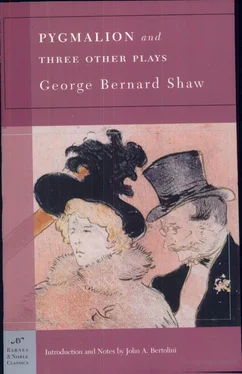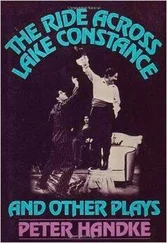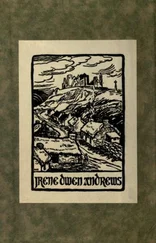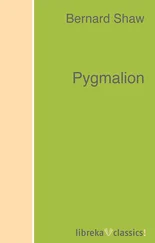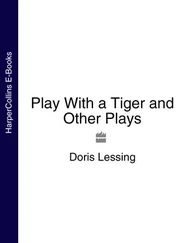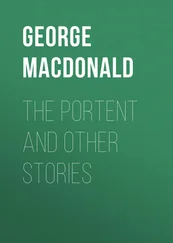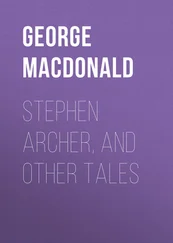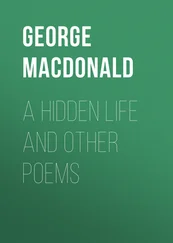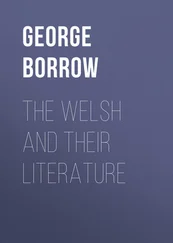Cusins formulates one of the riddles of creation in an exchange with Barbara over how the cannon works are to be used. Cusins says he will use them to give power to the people. But Barbara laments the power to destroy and kill. Cusins replies: “You cannot have power for good without having power for evil too” (p. 155 ). Another way of formulating that idea is: Undershaft’s weapons and explosives are as good or as bad as the man making them (to adapt a line from the film Shane). Barbara sees the cannon works as her opportunity to raise “hell to heaven.” Her most immediate impulse, however, is to escape to heaven, away from the “naughty, mischievous children of men.” But her courage returns, and she unites herself to both Cusins and her father (while she also reaffirms her bond with her mother, an affirmation that is the seal of her reborn self). Jonathan Wisenthal (in The Marriage of Contraries) has argued persuasively that the end of the play anticipates a tripartite union of three kinds of power: material (Undershaft), intellectual (Cusins), and spiritual (Barbara). But Shaw is well aware that such a union, like Father Keegan’s vision of three in one, is not realized in the play, and may be only a madman’s dream.
THE DOCTOR’S DILEMMA
The comical satire of the medical profession in Shaw’s play hardly differs from Moliere’s portrayal of doctors and patients in his comedies devoted to the subject (The Imaginary Invalid, The Doctor in Spite of Himself , Doctor Love). Shaw makes the same points that Moliere makes (points that bear repeating for every generation): that there are fashions in diseases as there are in dresses; that people will use real, pretended, and imagined illnesses to manipulate and dominate their nearest and dearest; that doctors have obsessions in treatments and cure-alls, and resist innovation; that they will pretend to knowledge they do not have and are jealous of professional rivals; and that they behave as all other professionals do in using jargon to prevent outsiders from keeping close tabs on them. And though Shaw has much fun with all of this — especially the surgeon determined to remove everyone’s “nuciform sac” as a universal cure for what ails you — the satirical comedy is not the real point of the play.
Nor is the real point the ethical dilemma denoted by the title. Doctor Ridgeon has developed a new, effective cure for tuberculosis but can treat only so many patients. He must choose, therefore, who to save: the artist, Louis Dubedat, who creates authentic art but is immoral in his treatment of others — indiscriminately exploitative, deceitful in all things, honest in none, monumentally selfish, and automatically unscrupulous — or the dull but decent Doctor Blenkinsop, a gentle and considerate soul, generous to a fault, congenial to all, genuinely honest, but an ineffectual doctor, innocuous company, and generally useless to society. One further complication is that Doctor Ridgeon has fallen in love with the artist’s wife, Jennifer, who not only worships her husband but utterly blinds herself to his crimes.
The very symmetry of this dilemma has misled even some of the best critical minds into faulting the play for contrivance (for example, Lionel Trilling in The Experience of Literature). But the Shavian symmetry aims not for contrivance but for the theme of the Double, the use of paired characters to dramatize the relationship between inner and outer life in individuals, a theme Shaw had addressed already in The Devil’s Disciple, but to which here he gives a deeper development and darker variation. The scalawag Dick Dudgeon of the earlier play, who was not truly villainous but only unorthodox and unconventional in his manners and morals, here becomes the truly opprobrious artist-scoundrel Dubedat, while the minister and man of peace, Anthony Anderson, who turns into a man of war and rebellion, becomes Dr. Ridgeon, medical miracle worker and murderer.
Judith Anderson becomes Jennifer Dubedat. We may note that in the transformation Shaw shifts the woman’s position in the triangle: In the later play, she is the wife not of the socially respectable older man, but of the transgressive young artist; and she has become the erotic object of the older Ridgeon, who sees in her some fantasy of female artistic beauty, a fantasy for which he is willing to kill by withholding his medical skill. The perfect irony of Ridgeon’s infatuation is matched by Jennifer’s tragi-comic fantasy of her husband as the noble artist. The poisonous ending of the play keeps her a primarily comic figure because she remains perfectly happy in her deluded picture of her dead husband, while Ridgeon is turned into a mainly tragic figure by the mere addition of self-knowledge. He comes to see himself through the woman’s eyes: a jealous old man who “committed a purely disinterested murder” (p. 357).
That Shaw self-consciously reworked the psychological pattern of the woman’s role in the rivalry of the Doubles from The Devil’s Disciple to The Doctor’s Dilemma can be seen from his having given Jennifer a line virtually identical to a line he gave Judith — a line, moreover, that describes the relationship of the two men to be that of psychological twins. In the earlier play, Judith reproaches Dick Dudgeon for being jealous of her husband: “Can you not forgive him for being so much better than you are?” In the later play, Jennifer reproaches Ridgeon: “Can you not forgive him for being superior to you? for being cleverer? for being braver? for being a great artist?” (p. 326). Where the earlier pair’s rivalry centered on a question of relative moral worth, each wanting to be the better man, each discovering the truth about himself, the later play’s pair of Doubles compete as twin artists. (For Shaw the defining characteristic of the artist was that he or she should create new thought; hence, he regarded scientists like Ridgeon, inventor of a new treatment for tuberculosis, or Henry Higgins, the phoneticist in Pygmalion, as artists in that broad sense.)
There is yet another link between the two plays. Shaw asserted that the idea for The Doctor’s Dilemma resulted from hearing his friend, the great physician Sir Almoth Wright (upon whom and whose development of opsonin Shaw based Ridgeon’s story), when asked if he could take on an extra patient, say that he would have to consider whose life was more worth saving. In The Devil’s Disciple the saving of lives (and souls) based on moral worth is at issue, for Dick saves the minister’s life, and the minister in turn wants to save Dick’s soul but changes to saving his life. Implicit in each play is the question: Whose lives are worth saving? In the more optimistic and comic vision of The Devil’s Disciple, there is obviously so much goodness in each of the two men that the answer to the question would seem: Everyone’s life is worth saving. In the darker Doctor’s Dilemma, the answer would seem: hardly anyone’s.
The most prevalent paradigm for stories of Doubles — The Strange Case of Dr. Jekyll and Mr. Hyde and The Picture of Dorian Gray, to take examples contemporary with The Doctor’s Dilemma — is that the destruction of one’s Double means the destruction of oneself. When Doctor Ridgeon kills Louis Dubedat he is trying to kill his unrealized self. In an unguarded moment, after discovering Dubedat’s true nature to be that of an unscrupulous liar, cheat, and monstrous egotist, Ridgeon remarks to his old patron and friend, Sir Patrick: “I’m not at all convinced that the world wouldnt be a better world if everybody behaved as Dubedat does than it is now that everybody behaves as Blenkinsop does” (pp. 300 — 301). That is, he feels the world would be better if everyone behaved with regard to self-interest and without regard to the interest of others. Sir Patrick challenges Ridgeon to explain why he then does not behave so. Ridgeon replies that he cannot. He would like to act that way but cannot get up the courage. He calls it a dilemma, and thus explains the title: To think one way and to live another is the doctor’s dilemma. Finally, though, he tries to resolve his dilemma by killing Louis. But as the play’s final scene — one of Shaw’s greatest — shows, in doing so he destroys himself, for Jennifer categorically rejects his attempt to take Louis’s place in her bed and in her heart. She has married someone else, according to her husband’s dying wish.
Читать дальше
